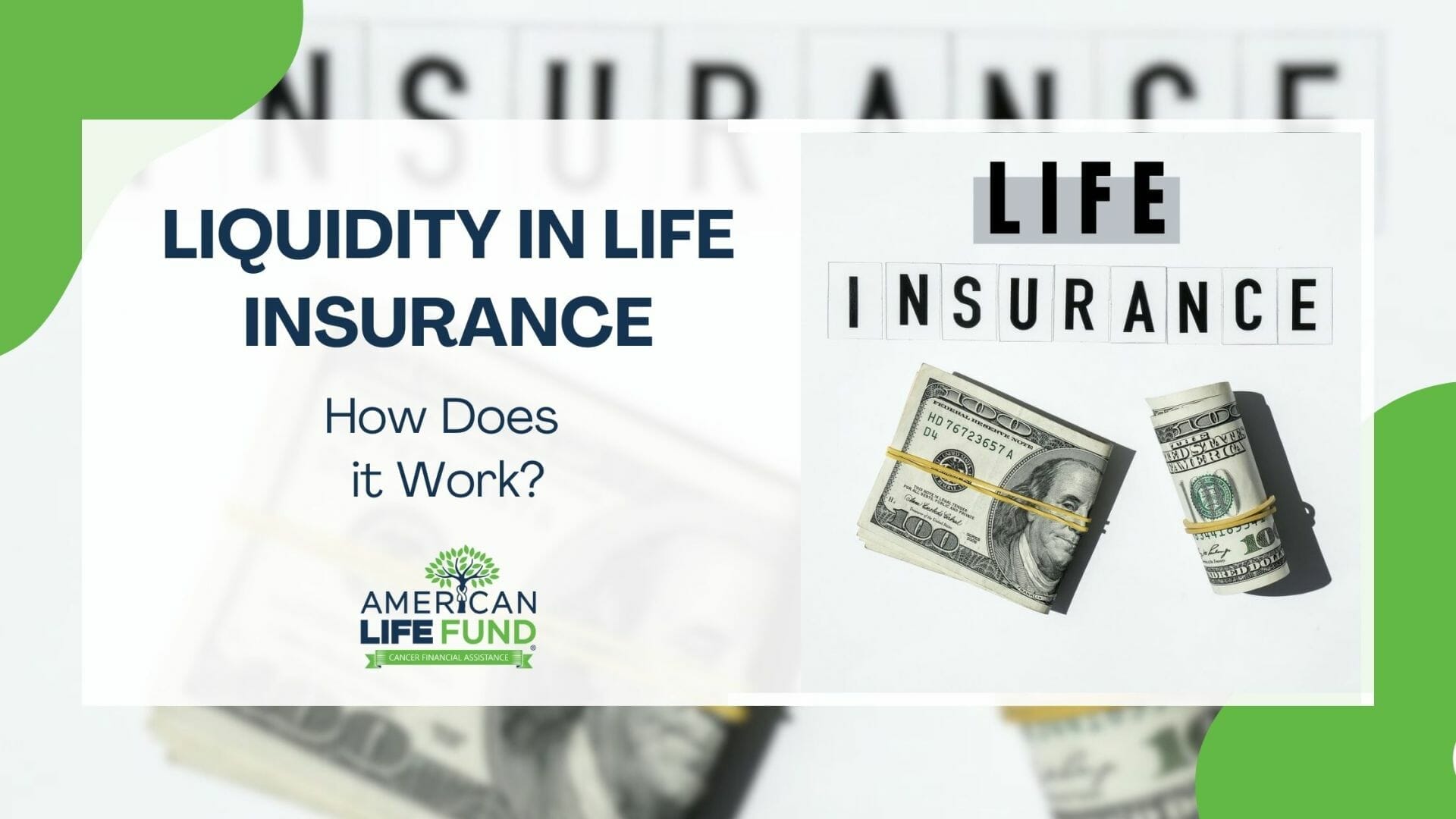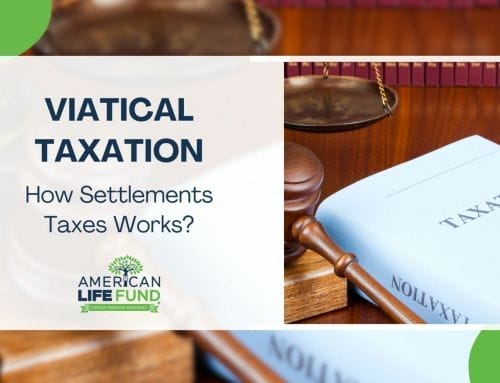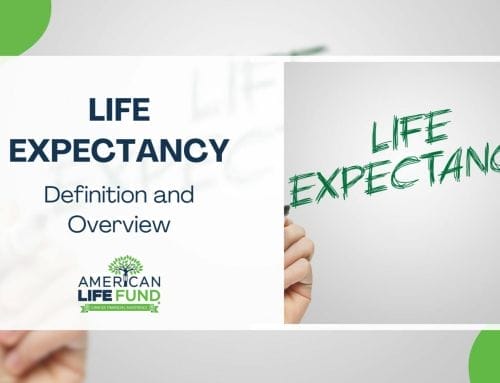Life insurance has always been an important financial tool for families and individuals. It provides a measure of financial security in the event of the death of a breadwinner. Individuals can also use it in other ways to provide liquidity when access to capital is essential. Understanding what liquidity in life insurance policies means can help you make a better financial decisions for yourself.
In the same way, life insurance is a unique asset that offers a high degree of liquidity. It can be converted to cash relatively quickly and easily without selling other assets or taking out loans. This makes it an ideal tool for life and business situations where access to cash is essential.

What Are Liquid Assets?
Liquidity, and liquid assets, are essential concepts for businesses and investors alike, as it refers to the ease with which an individual can convert an asset into cash. A liquid asset can quickly be turned into cash without experiencing a significant loss in value.
For example, life insurance can be used as collateral for loans or to fund buy-sell agreements between business partners. It can also be used to pay taxes or settle debts after someone dies. In each of these cases, life insurance provides a reliable source of liquidity that other assets can’t match.
The unique properties of life insurance make it invaluable in many situations. If you die, your family will be provided with financial protection and legacy assets to help them rebuild their lives after losing a member.
For businesses, liquid assets are crucial to maintaining financial stability and liquidity ratios – a measure that quantifies how easily a business could meet its obligations using only its liquid assets. Businesses rely on their liquid assets to cover expenses and pay off debts, so naturally, they need to be able to easily sell or trade these assets to generate the funds they need. Overall, having access to liquid assets is essential for individuals and businesses to maintain their financial health.
What is Liquidity in Life Insurance?
When we talk about what liquidity refers to in life insurance, we refer to the policyholder’s ability to access their funds quickly and easily in the event of an emergency. This could be something like needing to pay for unexpected medical expenses or wanting to cover funeral costs. Many life insurance policies will also provide a measure of financial security for the policyholder’s loved ones if they pass away.
Is a Life Insurance Policy a Liquid Asset?
When most people think about life insurance, they think about the death benefit. The death benefit is the money paid out to your beneficiaries when you die. While this is an important part of any life insurance policy, it is not the only thing to consider.
Another vital factor is the cash value of the policy. The cash value is the money you have accumulated over time through premiums and interest. It’s essential to remember that the cash value of a permanent life insurance policy is a liquid asset, while the death benefit is not. You can use cash values for anything, including investing, paying off debt, or funding a child’s education.
On the other hand, life settlements are another option to consider if you need cash. A life settlement is a transaction in which you sell your life insurance policy for a lump sum of cash. Life settlements are becoming more popular as people seek ways to generate income.

Life Insurance Policies That Offer Liquidity
Liquidity applies to permanent life insurance policies with a cash value within the life insurance industry, including whole, universal, and variable life insurance. Typically, these policies are designed for people who need immediate access to their funds in an emergency. Not all life insurance policies offer liquidity; most do not. However, a few policies available on the market do provide this feature.
Policyholders can easily access their policy’s cash values through loans or withdrawals, which can later be used for many purposes, including meeting financial obligations or taking advantage of investment opportunities. Whole life insurance policies are not typically considered liquid assets because the cash value is liquid, yet the death benefit is not. Therefore, the cash value can provide policyholders with much-needed liquidity in times of financial distress.
Whole Life Insurance Policy
The whole-life policy is the perfect way to save for your future while enjoying guaranteed growth and security. This policy offers peace of mind knowing that your savings are protected against market fluctuations. With a rate set by your provider and a minimum guaranteed growth, you can be sure your policy will grow with you.
Universal Life Insurance Policy
A universal life insurance policy is ideal for earning interest on your money while still protecting your loved ones. With a universal life policy, you’ll earn interest based on the performance of a market index (like the S&P 500), but there’s a floor and a cap on gains set by your provider. That means there’s less risk than with other investment products, but you can still potentially earn a decent return.
Variable Life Insurance
Your cash value is invested in stocks, bonds, and other securities with variable life insurance. This means that your policy’s death benefit and cash value can fluctuate based on the performance of the underlying investments.
While this type of policy comes with higher investment risk, it also offers the potential for higher returns. And because it’s a permanent life insurance policy, your coverage is guaranteed for as long as you continue to pay your premiums.
Cash Value Component For Universal And Variable Insurance Policies
Universal and variable insurance policies are two types of cash-value life insurance that allow policyholders to use their accumulated cash value to pay premiums. This can be a useful option for policyholders who find themselves in a tight financial situation or want to free up cash for other expenses or investments. While there are some restrictions on how the cash value can be used, this option can give policyholders greater flexibility in using their life insurance coverage.

Term Life Insurance And Liquid Assets
Term life insurance is not usually a liquid asset. However, it does have its benefits and one option that can help cover some costs during those difficult times – term conversion riders! These special features allow policyholders with certain types or amounts to pay up on their policies time after time throughout different periods within which they’re available for purchase at greatly reduced prices compared to permanent ones (upfront fees).
Likewise, a term conversion creates a new account for tax-deferred savings, but keep in mind that it takes decades before your hard work pays off. It’s not always the best idea if you’re older and may already have saved enough money in investments or retirement funds. Ultimately, whether or not you decide to convert your policy will depend on your circumstances and needs.

Which Type of Insurance Provides Liquidity at The Time Of Death?
Life insurance is one of the few ways to provide liquidity at death for most people. Life insurance involves a contract between an insurer and an insured, where the insurer agrees to pay a specified sum of money (the death benefit) upon the insured’s death. Individuals can use the death benefit to help cover funeral costs, outstanding debts, or final medical bills.
Moreover, it’s used to help provide financial security for surviving family members. While there are many life insurance policies available, they all share one common goal: to provide peace of mind when a death occurs.
Pros And Cons of Life Insurance as an Asset
There are pros and cons to life insurance as an asset. On the one hand, it can provide liquidity in a time of need. This is because the death benefit from a life insurance policy is often paid out relatively quickly, unlike other assets like real estate or stocks that may take longer to sell.
On the other hand, life insurance policies can be expensive and may not provide as much liquidity as many people hope for. In addition, if you do not have a policy specifically designated as being used for liquidity purposes, the death benefit from the policy will likely be subject to estate taxes. As a result, it is essential to weigh the pros and cons of life insurance before deciding whether or not it is the right asset for you.
In Conclusion
Life insurance provides a valuable death benefit to your loved ones, but it’s important to ensure you have enough liquidity to pay for it.
Your long-term finances should purchase life insurance policy that expires in your retirement years and invest the money you saved by skipping a cash value policy. Investing in a cash value life insurance policy with liquidity is ideal for individuals who can afford the expensive premiums and need more tax-deferred investment accounts. If you determine that you require some liquidity in your life insurance later, term conversion choices are available.
When considering a life insurance policy, make sure to weigh the pros and cons of each type before making a decision and consult with a reliable life insurance company.





